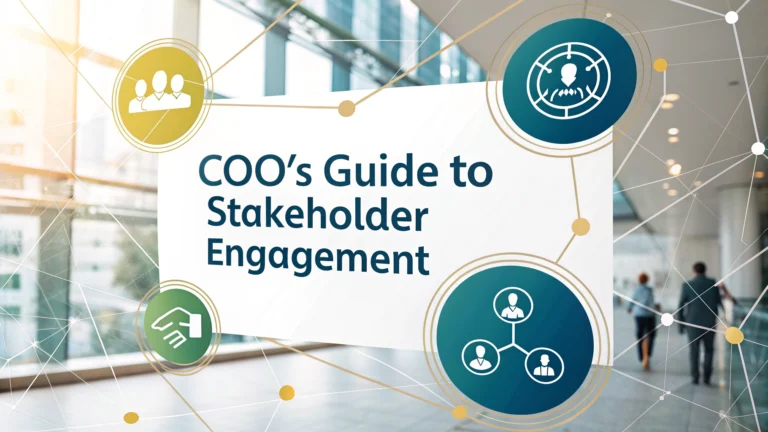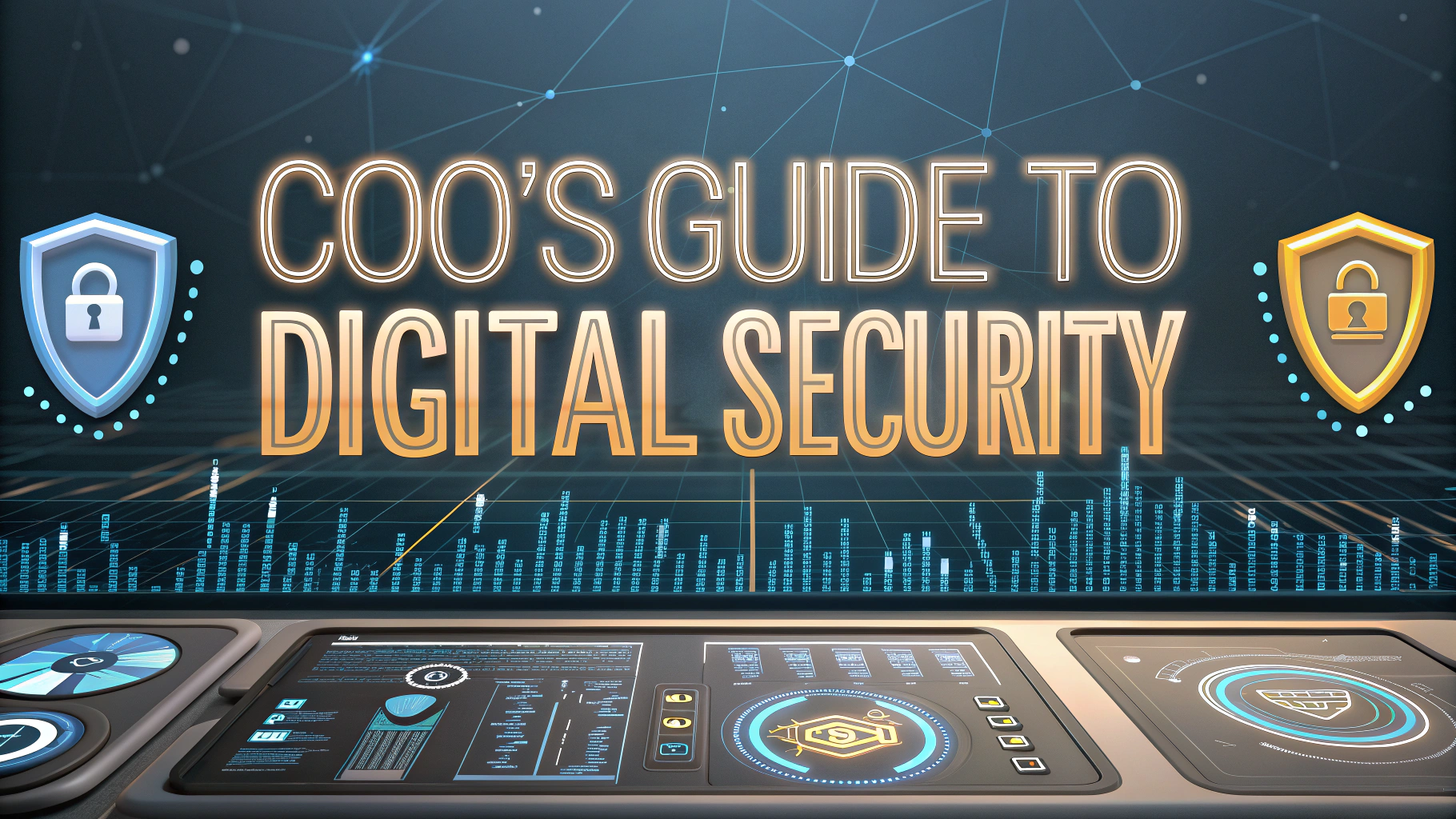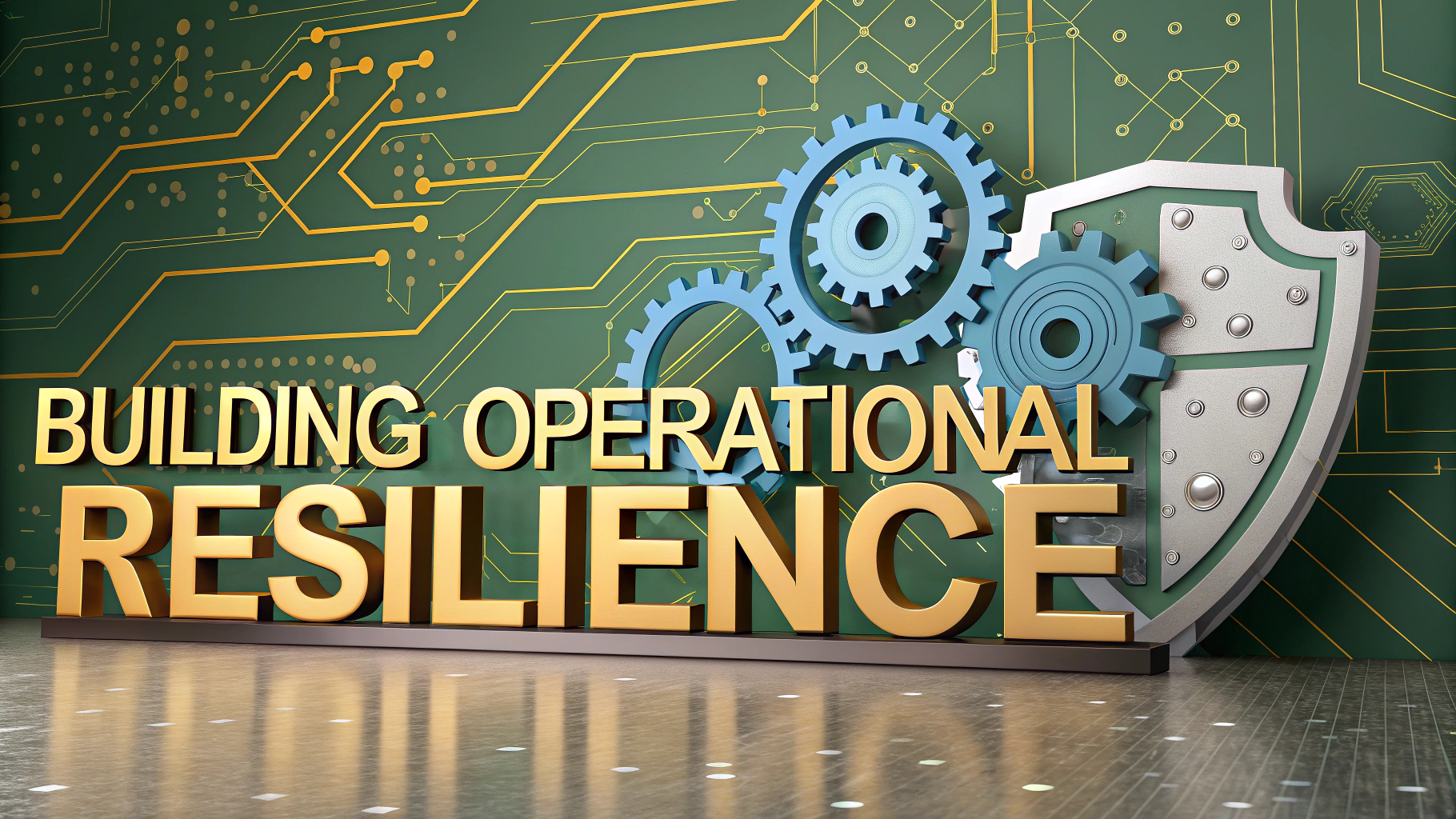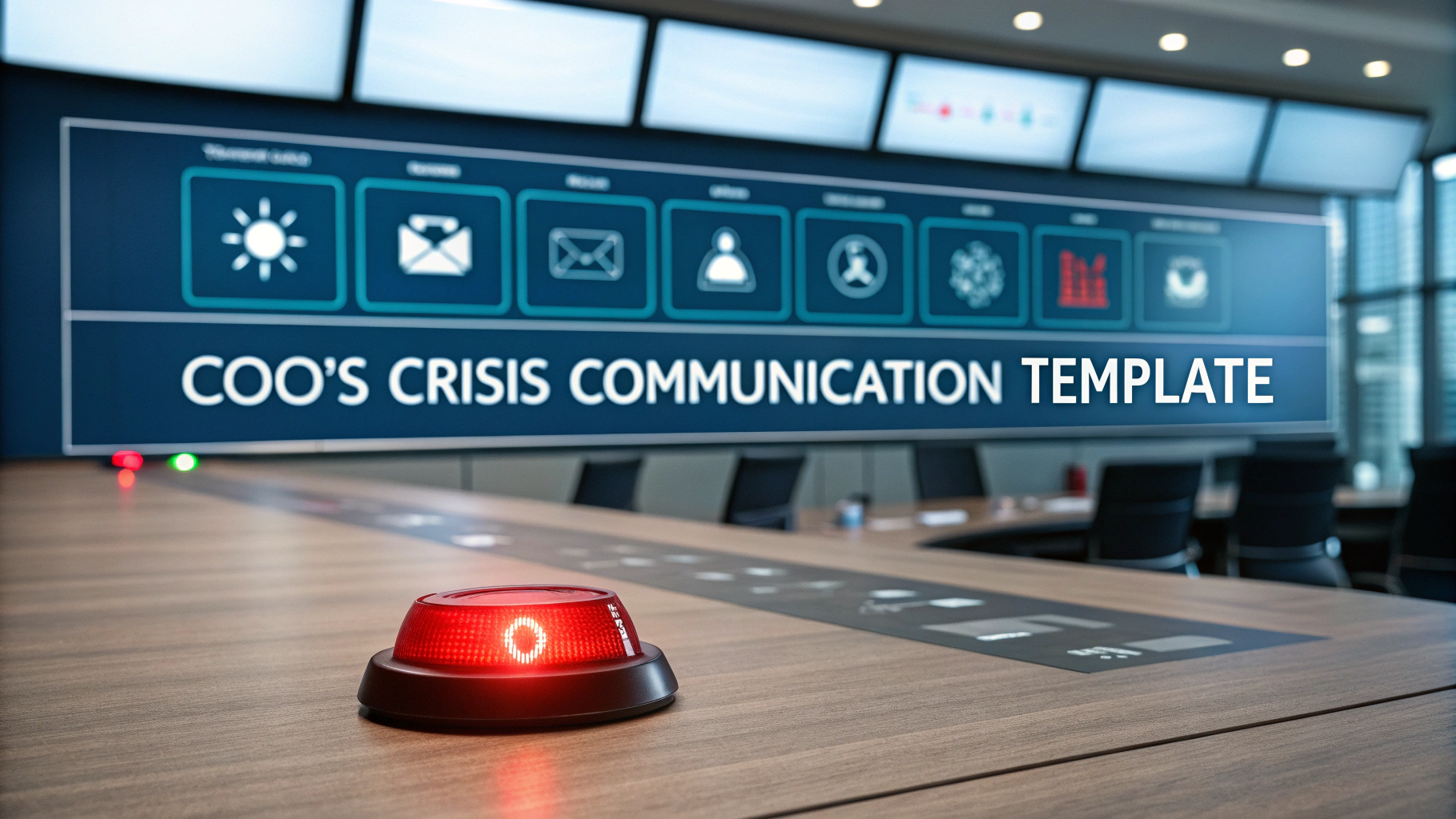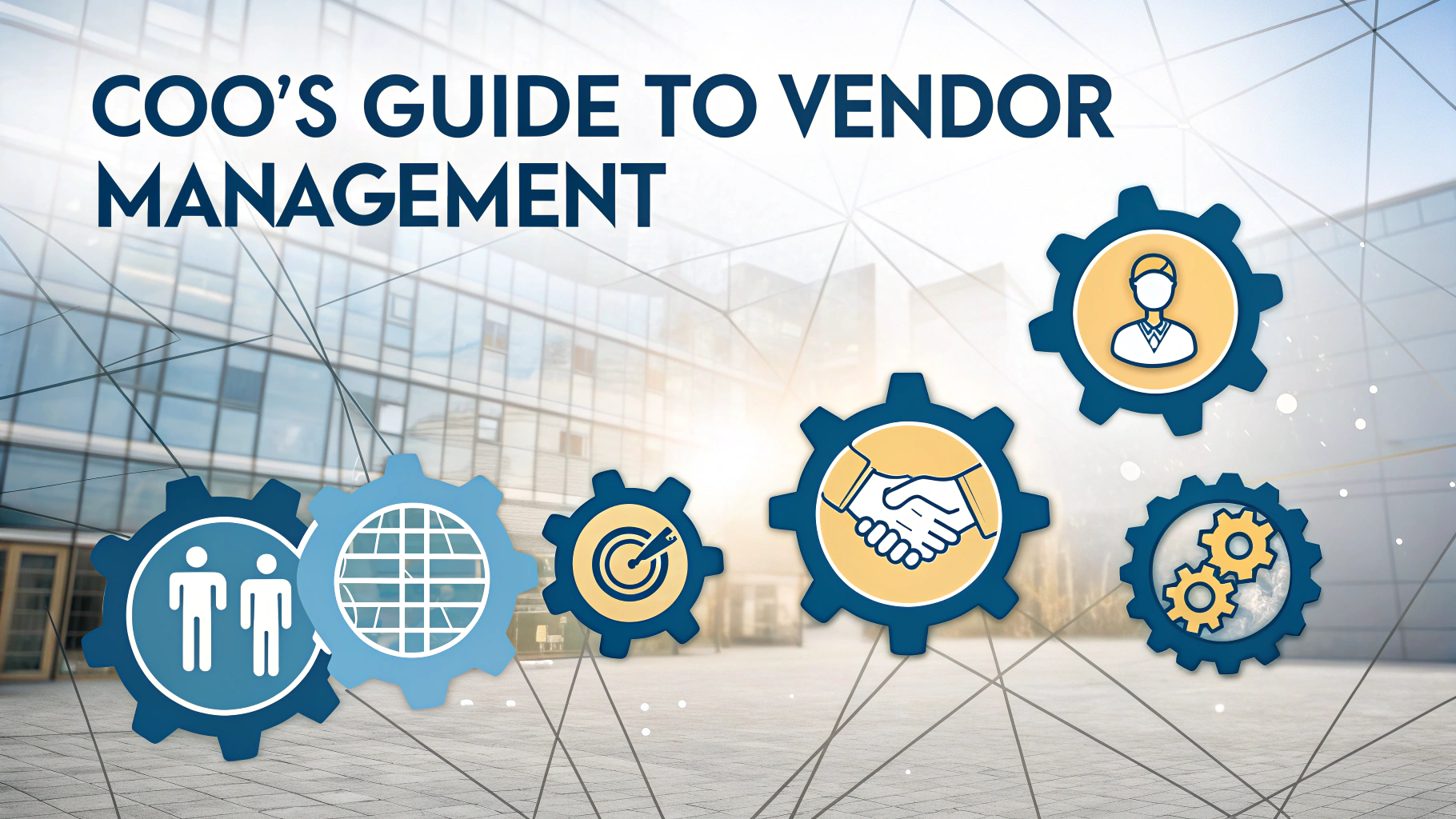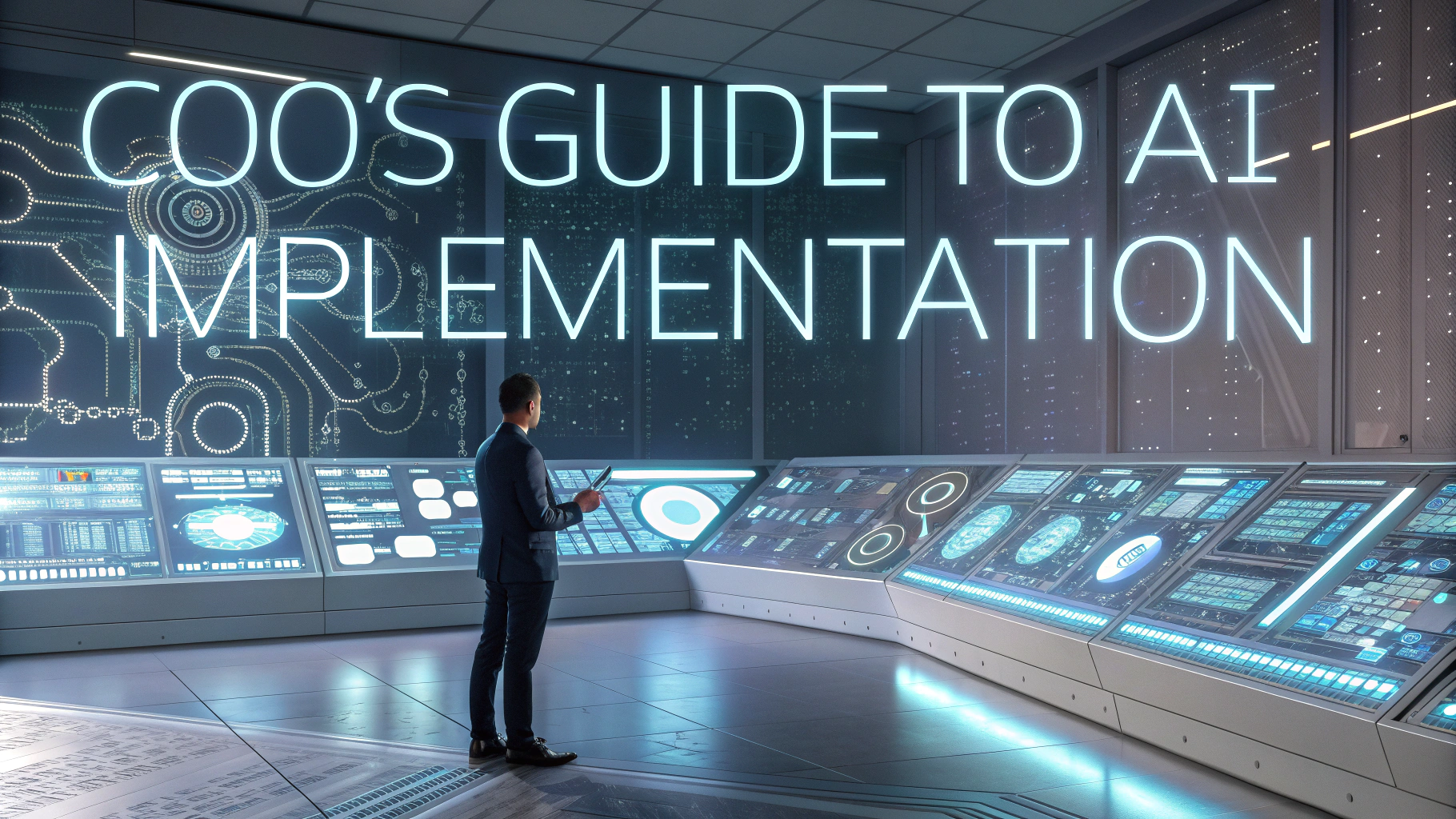A Chief Operating Officer’s success heavily depends on their ability to effectively manage relationships with various stakeholders across the organization.
Understanding and implementing proper stakeholder engagement strategies can significantly improve operational efficiency, reduce conflicts, and drive better business outcomes.
This guide outlines practical approaches for COOs to build and maintain strong stakeholder relationships while achieving organizational objectives.
Identifying Key Stakeholders
Map out stakeholders based on their influence and interest levels using a power-interest grid.
- Board members and executives
- Department heads and managers
- Employees across departments
- Customers and clients
- Suppliers and vendors
- Regulatory bodies
- Local communities
Building Effective Communication Channels
Establish regular communication rhythms with each stakeholder group.
| Stakeholder | Communication Method | Frequency |
|---|---|---|
| Board Members | Formal reports, meetings | Monthly/Quarterly |
| Department Heads | One-on-ones, team meetings | Weekly |
| Employees | Town halls, newsletters | Monthly |
| Suppliers | Review meetings, updates | Quarterly |
Managing Stakeholder Expectations
Set clear expectations through documented agreements and regular updates.
- Define roles and responsibilities clearly
- Establish measurable performance indicators
- Create feedback mechanisms
- Document decisions and commitments
Conflict Resolution Strategies
Address conflicts promptly using these steps:
- Listen to all parties involved
- Identify common ground
- Propose solutions
- Document agreements
- Follow up regularly
Measuring Engagement Success
Track stakeholder engagement through these metrics:
- Stakeholder satisfaction surveys
- Project completion rates
- Communication response times
- Issue resolution speed
- Feedback implementation rate
Tools and Resources
Utilize these tools for better stakeholder management:
- Stakeholder mapping software
- Project management platforms
- Communication tools (Slack, Microsoft Teams)
- Survey tools (SurveyMonkey, Google Forms)
- CRM systems
Moving Forward with Strong Relationships
Regular review and adjustment of stakeholder engagement strategies ensure long-term success.
Schedule quarterly assessments of your stakeholder management approach to identify areas for improvement.
Remember that strong stakeholder relationships are built on trust, transparency, and consistent communication.
Implementing Change Management
Effective stakeholder management becomes crucial during organizational changes.
- Create detailed change management plans
- Identify potential resistance points
- Develop targeted communication strategies
- Provide necessary training and support
- Monitor adoption rates and feedback
Risk Management and Mitigation
Anticipate and address stakeholder-related risks proactively.
Common Risk Areas
- Communication breakdowns
- Misaligned expectations
- Resource conflicts
- Cultural differences
- Compliance issues
Technology Integration
Leverage technology to enhance stakeholder relationships.
- Digital collaboration platforms
- Analytics tools for tracking engagement
- Automated reporting systems
- Virtual meeting solutions
- Document sharing and management
Building Long-Term Partnership Success
Transform stakeholder relationships into strategic partnerships for sustainable growth.
- Develop shared vision and goals
- Create mutual value propositions
- Establish long-term engagement frameworks
- Build organizational capability
- Measure and celebrate shared successes
Investment in stakeholder relationships yields significant returns through improved collaboration, reduced friction, and accelerated business growth.
Regular assessment and adaptation of engagement strategies ensure continued alignment with organizational objectives and stakeholder needs.
Success in stakeholder management requires dedication, consistency, and a genuine commitment to creating value for all parties involved.
FAQs
- What are the key responsibilities of a COO in stakeholder engagement?
A COO is responsible for developing and implementing stakeholder engagement strategies, maintaining relationships with key stakeholders, ensuring alignment between operational decisions and stakeholder interests, and measuring engagement effectiveness. - How can a COO identify and prioritize key stakeholders?
COOs should conduct stakeholder mapping exercises, assess stakeholder influence and interest levels, create power-interest matrices, and regularly update stakeholder analysis based on organizational changes and priorities. - What metrics should COOs use to measure stakeholder engagement success?
Key metrics include stakeholder satisfaction scores, engagement participation rates, feedback implementation rates, relationship strength indicators, conflict resolution effectiveness, and operational performance improvements resulting from stakeholder input. - How should COOs handle conflicting stakeholder interests?
COOs should establish clear prioritization frameworks, maintain transparent communication, seek win-win solutions through negotiation, align decisions with organizational strategy, and document decision-making rationales. - What role does technology play in modern stakeholder engagement?
Technology enables stakeholder relationship management through CRM systems, digital communication platforms, data analytics for tracking engagement, automated reporting tools, and virtual collaboration platforms. - How often should COOs review and update stakeholder engagement strategies?
Stakeholder engagement strategies should be reviewed quarterly, with major updates conducted annually or when significant organizational changes occur, market conditions shift, or stakeholder composition changes. - What are the most common challenges COOs face in stakeholder engagement?
Common challenges include managing diverse expectations, maintaining consistent communication, balancing competing interests, resource allocation, measuring engagement impact, and keeping stakeholders aligned with organizational goals. - How can COOs ensure effective internal stakeholder alignment?
COOs should establish clear communication channels, regular cross-functional meetings, performance alignment frameworks, shared objectives, and feedback mechanisms across all organizational levels. - What documentation should COOs maintain for stakeholder engagement?
Essential documentation includes stakeholder maps, engagement plans, meeting minutes, action items, feedback logs, implementation tracking, impact assessments, and relationship history records. - How can COOs effectively engage with international stakeholders?
International stakeholder engagement requires cultural sensitivity, localized communication strategies, understanding of regional regulations, appropriate timing considerations, and potentially local representation.
